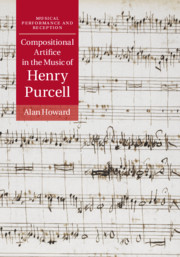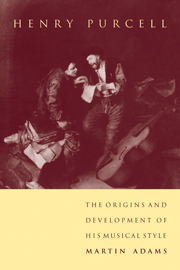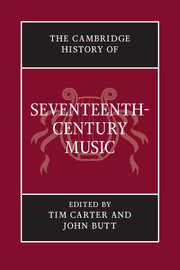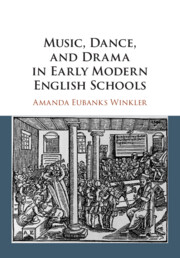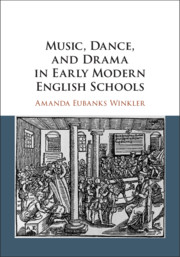Compositional Artifice in the Music of Henry Purcell
Fugal invention has proved a successful line of analytical inquiry in recent studies of repertoires from Josquin to J. S. Bach. Alan Howard brings similar insights to the music of Henry Purcell, and proposes the first analytical approach to his music to examine compositional methods alongside historically contemporary theory, focusing particularly on Purcell's 'artificial' approach to imitative counterpoint. Through this methodology Howard challenges previous responses to Purcell's music that portrayed him as fundamentally conservative. This study offers fresh insights into the musical world in which Purcell lived and worked and situates Purcell's compositional concerns in the broader context of notions of artifice in Restoration culture. Howard thereby offers both a fresh analytical approach - to Purcell's early instrumental works and to his later concerted vocal music - and a critique of the reception history surrounding the fantazias and sonatas in particular.
- Presents a close analytical reading of Purcell's music, grounded in the parallel study of the music theory of his time
- Places Purcell's compositional interests in the context of wider artistic concerns in the Restoration, and of eighteenth-century reception
- Includes generous use of music examples to engage readers fully in the book's analytical arguments
Reviews & endorsements
'This book documents a remarkable achievement. It not only offers direct insights into the creative processes of a great composer on a technical level, but also succeeds in getting, as it were, into his skin as he faced compositional problems - something not previously attempted in the case of Purcell (and all too rarely accomplished for any composer).' Bruce Wood, Bangor University
'Compositional Artifice in the Music of Henry Purcell represents a step-change in the emerging musicological sub-discipline of historically informed analysis. By introducing the contemporary notion of 'artificial' composition - in which the composer incorporated intricate imitative devices to provide creative satisfaction for both composer and performer - Howard unravels with remarkable clarity the hidden compositional techniques lying behind Purcell's inventive strategies in both his instrumental chamber music and his later large-scale vocal works. The book provides a set of historically sensitive analytical tools that have the potential to transform the reader's understanding of some of Purcell's greatest masterpieces.' Rebecca Herissone, University of Manchester
Product details
October 2019Adobe eBook Reader
9781108661126
0 pages
11 b/w illus. 8 tables 185 music examples
This ISBN is for an eBook version which is distributed on our behalf by a third party.
Table of Contents
- Introduction
- Part I. Purcell's 'Art of Descant':
- 1. In counterpoint: sources and analysis
- 2. Artifice, Fugeing and fantazia
- 3. 'The chiefest instrumental musick now in request': canzonas and other sonata fugues
- 4. 'The power of the Italian notes': Purcell's sonatas as and in reception
- Part II. 'Thou Didst Thy Former Skill Improve':
- 5. 'Celestial art[ifice]' in Hail, bright Cecilia
- 6. Artifice and musical modelling
- 7. Augmentation as artifice, artifice as augmentation
- 8. 'Italian sonatas in orchestral garb'.

